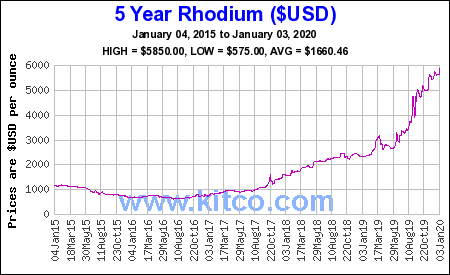Jeff, just check the parts with a Magnet, My bet is a lot of the metal parts are a brass alloy, for ease of stamping,I think any Lathe turning on the parts is a second operation, but still about the only parts of the pens I checked, a Sierra, one of Ed's Diplomat, a slimline,(copper) and chrome, a baron that had been 24 kt, an Emperor and a Zen, other than the clips there was only one pen that had any magnetic attraction to any of the body parts , the Zen, like !@#$%^e DUH, the nib on the Baron and the Emperor also had a bit of steel, as well, but that was to be expected, I think Ed is looking more into the Plating,, both on how many Mils thickness and the purity of the metals in question. With Gold around 1450.00 and silver around 35.00 and Rhodium over 2,000.00, with platinum close to 1800.00 an ounce you can bet you sweet hind end the thickness at least have been cut back a bit, but I'm not sure if any of the companies are going to risk stating false quality/purity of their plating's, even though the standards regarding Precious Metal Plating are kind of lax.

